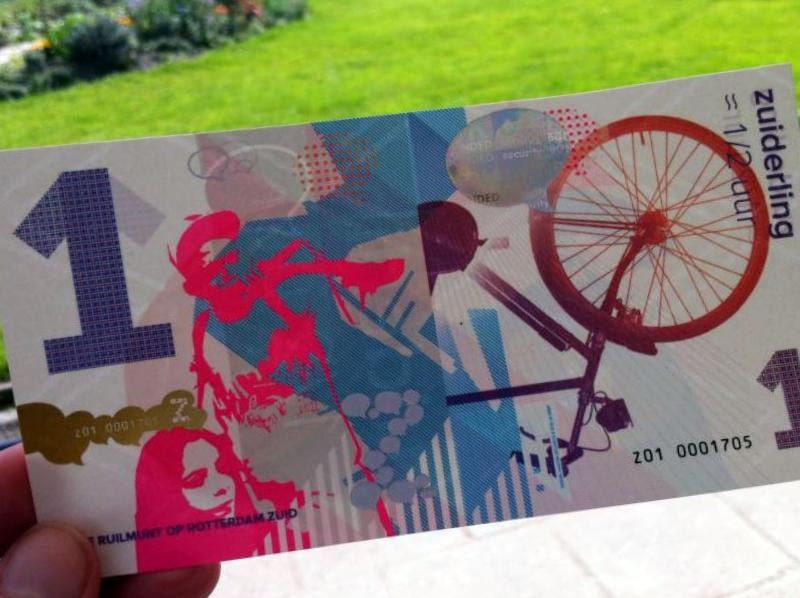Communities throughout the Netherlands have embraced the idea of physical and digital alternative currencies, a local newspaper reported over the weekend.
According to the Financieele Dagblad, Amsterdam, Nijmegen, Arnhem and Rotterdam have all seen currency alternatives to the euro catch on.
In Rotterdam, in fact, there are two: the zuiderling and the dam.
Both of those exist as digital currencies, though there are printed zuiderlings in circulation. Both currencies have become useful at the community level as forms of payment, especially for services, according the financial newspaper.
The zuiderling, named after Rotterdam-Zuid, or South Rotterdam, has as many as 1,000 users, and each zuiderling is backed by a half hour of work for an individual.
Elsewhere in Rotterdam is the dam, also drawing its name from the city’s name, which is positioned as a straight-up alternative to spending euros. According to the currency’s website, its intention is to build and keep wealth local, rather than spreading throughout most of Europe, as with the euro.
“The Dam is a Rotterdam payment, so any investment stays in the city,” the website reads. “Thus we make the city together getting stronger, more exciting and vivid.”
The Dutch government seems more or less OK with the proliferation of such currencies. According to the Financieele Dagblad’s story, the central bank just asks that no one try to pass off alternative currencies as euros or other legal tender.
Oh, and profits need to be declared for tax purposes.
A question for our readers: Can localized alternative currencies actually work at the community level?


